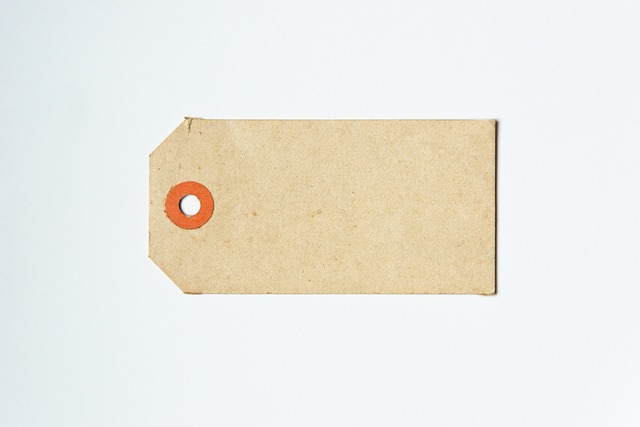Skin tags, benign but often removed for cosmetic reasons, are soft growths in areas of friction. Caused by hormonal changes, pregnancy, obesity, and skin conditions, they can be addressed through non-invasive removal methods prioritizing minimal scarring. Edinburgh Skin Tag Removal offers various innovative techniques, from topical creams to cryotherapy, catering to gentle, convenient solutions. Home remedies like apple cider vinegar and duct tape are also discussed as potential treatments, while good skin hygiene, moisture, and avoiding friction are emphasized for prevention. Consulting a dermatologist is recommended for personalized advice.
Looking for non-invasive skin tag removal methods? This comprehensive guide explores effective techniques beyond traditional surgery, focusing on Edinburgh Skin Tag Removal solutions. From understanding the causes of these common skin growths to discovering home remedies and prevention tips, you’ll gain insights into achieving a smooth, tag-free complexion. Learn how to navigate various options, ensuring safe and successful skin tag removal tailored to your needs.
- Understanding Skin Tags and Their Causes
- Exploring Non-Invasive Removal Techniques
- Effective Home Remedies and Prevention Tips
Understanding Skin Tags and Their Causes
Skin tags, also known as acrochordons, are small, soft skin growths that typically appear as hanging or dangling pieces of skin. They can vary in size and shape, often resembling little cobblestones or tags. While they are generally harmless, many people opt for Edinburgh Skin Tag Removal due to aesthetic concerns or discomfort caused by their location.
The exact cause of skin tags is not fully understood, but several factors contribute to their development. They frequently occur in areas where skin rubs against itself, such as the neck, armpits, groin, and underarms. Hormonal changes, pregnancy, obesity, and certain skin conditions like acromegaly or insulin resistance can also increase the likelihood of developing these growths. Understanding the causes is essential when considering non-invasive removal methods, which often aim to minimize scarring and provide long-lasting results.
Exploring Non-Invasive Removal Techniques
When it comes to non-invasive skin tag removal, Edinburgh Skin Tag Removal offers a range of innovative techniques that have gained popularity in recent years. These methods provide a gentle and effective approach to eliminating skin tags without the need for invasive surgery or intense lasers. One such technique involves using specialized topical creams or solutions that contain natural ingredients known for their anti-inflammatory and antiviral properties. By applying these topicals, users can target and dissolve skin tags safely at home.
Another popular non-invasive method is cryotherapy, which utilizes liquid nitrogen to freeze and destroy skin tags. This procedure is often performed in dermatology clinics and is considered highly effective with minimal downtime. Additionally, certain medical devices now offer microwave or radiofrequency treatments for skin tag removal, further emphasizing the advancement of non-surgical aesthetics. These techniques cater to those seeking gentle, convenient, and effective solutions for removing unsightly skin tags, mirroring the growing demand for Edinburgh Skin Tag Removal options.
Effective Home Remedies and Prevention Tips
Effective Home Remedies and Prevention Tips for Edinburgh Skin Tag Removal
While many opt for professional treatments, there are several non-invasive home remedies that can help remove skin tags safely and effectively. One popular method involves using apple cider vinegar. Soak a cotton ball in undiluted apple cider vinegar and apply it directly to the skin tag, securing it with a bandage. Repeat this process daily, and over time, the skin tag should start to dry out and fall off. Another natural remedy is to use duct tape. Secure a piece of duct tape over the skin tag for several days, removing it and cleaning the area thoroughly between applications. This method may cause some discomfort, but it’s a simple and cost-effective option available at any drugstore.
Preventing skin tags from forming in the first place is also crucial. Maintaining good skin hygiene by regularly cleansing the skin can help reduce the chances of developing these growths. Additionally, keeping the skin moisturized and avoiding harsh friction or irritation may prevent their formation. As always, if a skin tag causes discomfort or changes in appearance, it’s advisable to consult a dermatologist for professional advice tailored to your specific situation.
When considering non-invasive skin tag removal in Edinburgh, understanding both the causes and available techniques is key. This article has explored a range of methods from home remedies to professional treatments, offering practical advice for effective Edinburgh skin tag removal. By implementing prevention tips and choosing suitable techniques, individuals can bid farewell to unsightly skin tags, enhancing their overall appearance and confidence.
